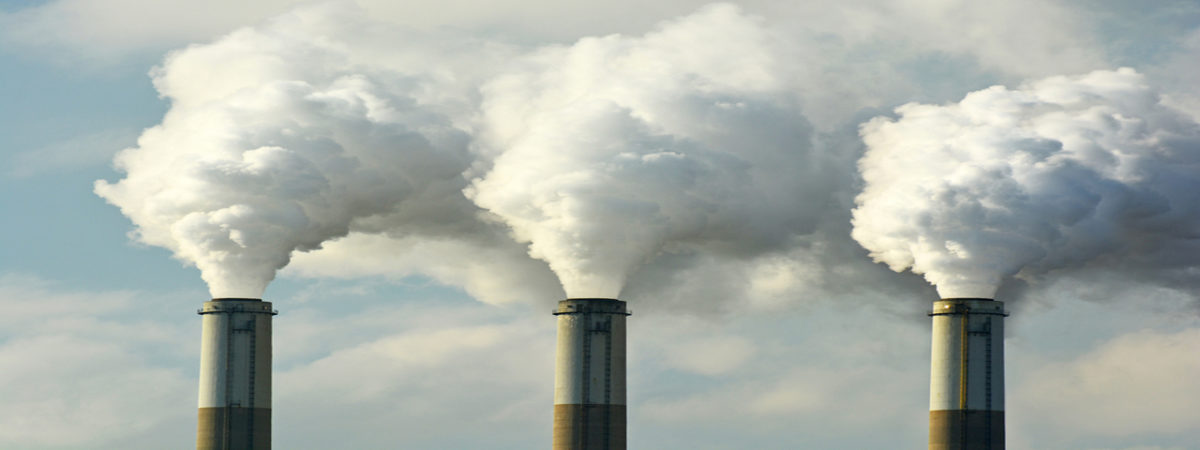Reforming EU Farm Policy: Lessons from New Zealand
SUGGESTED

Britain's Broadband market has some serious problems. This article is a response to this situation, and has three purposes

download full publication subscribe to the IEA

Executive Summary
New Zealand is one of the few countries which has embarked on free trade for agriculture.
New Zealand farmers were heavily protected by price supports and other measures in the 1970s and early 1980s but protection was greatly reduced in the economic reforms of the mid-1980s.
Experience in New Zealand shows that ‘… agricultural markets do adjust by themselves and that farmers do not bear all the costs of reforms.’
Farmers’ incomes dropped after the reforms were introduced but farmers then adapted to their new environment. Adjustment in product and factor markets took about six years.
Farm land prices fell after the reforms but have now returned to ‘… a normal relationship with product earnings.’
New Zealand would like to see similar reforms in countries whose subsidised output competes with its own. It is also concerned about the growth of ‘environmental’ obstacles to trade.
The Common Agricultural Policy is ‘… damaging to the interests of consumers and taxpayers in the EU’ and burdensome to farmers outside the EU.
EU farm protection has been increasing. The ‘nominal tariff equivalent’ in the EU is now 82 per cent, compared to 1 per cent in New Zealand. The CAP costs a family of four about £1000 per year.
The CAP has encouraged higher output and environmental damage. But farmers’ incomes have fallen sharply in recent years.
Although past EU reform efforts have been ineffective, a ‘… free market agriculture would be perfectly feasible …’. The New Zealand example should be emulated.
2000, Occasional Papers 112, ISBN 978 0 255 36484 3, 84pp, PB



